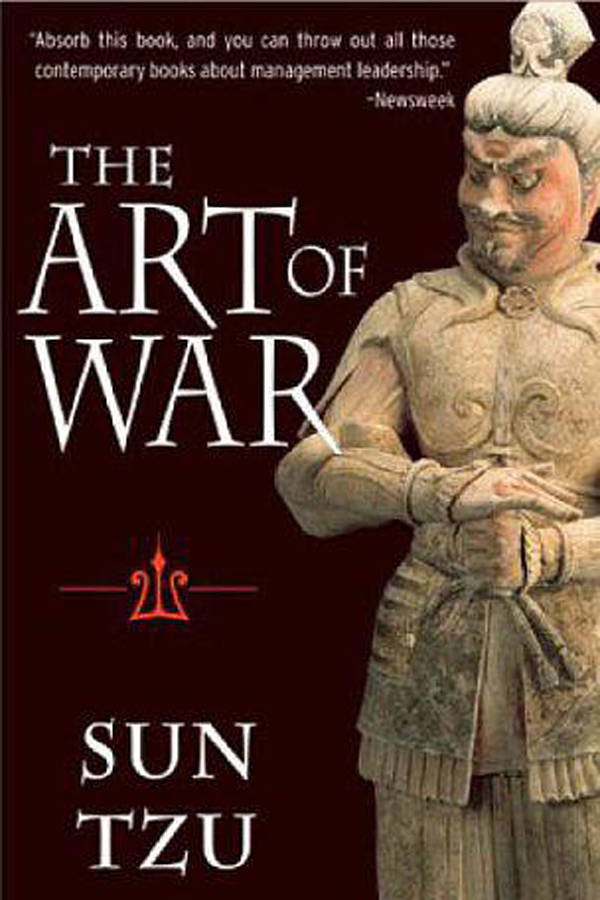 |
|
The Art of War by Sun Tzu [Photo provided to China Daily] |
In addition to a summary of their subject matter, the survey also conducted textual and visual analyses of the book titles and the cultural imagery used on their covers. The lexical frequency of the book titles shows that the top five most frequent terms used were "medicine", "tradition", "war", "dragon" and "ancient"-all of which are typical traditional Chinese cultural symbols.
On the book jackets, human characters, including the portraits of Lao Tzu, Confucius and ancient maidservants, were the most commonly noted visual elements, with a frequency of 17.72 percent. Imagery containing natural scenery, food, art and architecture were also among the most recurrent themes.
After examining their findings, researchers concluded that in terms of the diffusion of Chinese culture, traditional topics have the leading edge. They also noted that this dominance is helping to construct a biased representation of a "traditional China", which in turn was obstructing the spread of modern Chinese culture.
These findings echo a report published earlier this year by the China Foreign Languages Publishing Administration on the level of recognition of transliterated Chinese vocabulary in major English-speaking countries.
The CFLPA report shows that terms with a higher level of recognition tended to be those related to traditional culture, such as Gugong (Forbidden City) and wushu (martial arts), while those representing modern China-such as gaotie (high-speed train) and Zhifubao (Alipay)-are less well-known.
Both reports suggest that constructing an objective and comprehensive representation of Chinese culture requires combining both the traditional and the modern. Despite the fact that these cultural icons may have taken on modernized and globalized forms, underlying Chinese philosophy should be conveyed and promoted.